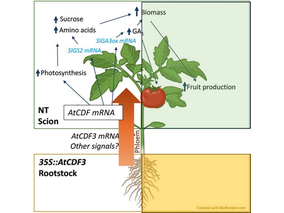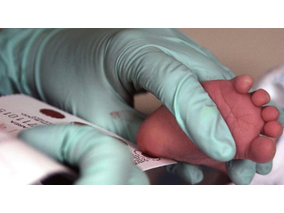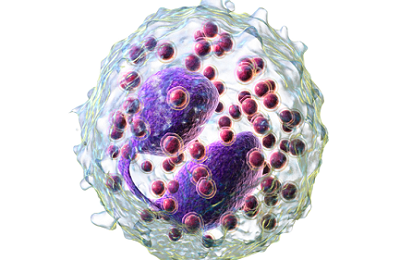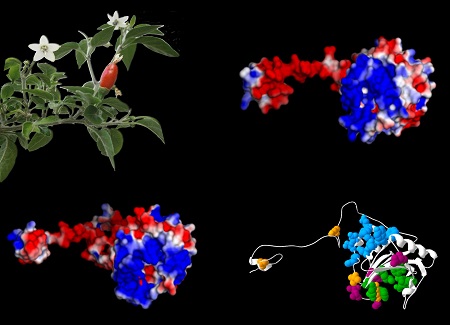Viruses cause plant diseases, whose severity is considered to increase under plant cultivation. Hence, it is highly relevant to understand the genetics of plant virus resistance, and its variation in wild and cultivated plants. Analyses of plant pathogen resistance have focussed on R proteins, which recognise pathogen molecules triggering defences according to a gene-for-gene interaction.
Alternatively, infection may require the interaction of plant and pathogen molecules, mutations impairing this interaction resulting in recessive resistance according to a matching-alleles model. We analyse here the variation of a recessive resistance gene in wild and cultivated populations of a plant, focussing on chiltepin, a wild pepper currently undergoing incipient cultivation in Mexico.
The pvr2 gene encodes the translation initiation factor eIF4E1, which must interact with the viral VPg for potyvirus infection. A high genetic variation was found for pvr2/eIF4E1 but, at odds with reports for R genes, there was no evidence for selection of resistance in wild chiltepin populations. However, data supported selection for resistance in cultivated populations, in spite of no phenotypic differences between wild and cultivated plants, and similar potyvirus incidences. Results demonstrate that cultivation has profound effects on the diversity and evolution of resistance.
Original Paper:
Poulicard, N; Pacios, LF; Gallois, J-L; Piñero, D; García-Arenal, F. 2016. "Human management of a wild plant modulates the evolutionary dynamics of a gene determining recessive resistance to virus infection". PLoS Genetics. DOI: 10.1371/journal.pgen.1006214".
Image: Surface electrostatic potential of chiltepín eIF4E1 susceptibility and resistance alleles, and locations of mutations

The research team observed changes in head circumf...

AtCDF3 gene induced greater production of sugars a...

Un estudio con datos de los últimos 35 años, ind...

En nuestro post hablamos sobre este interesante tipo de célula del...

Con la incorporación de Sanitas y las suscripciones ya firmadas con a...
Biotechnology portal in Spain
Subscribe to our newsletter and stay up to date with the latest news and deals!
2013 © Biotech-Spain.com - Site Developments SL. All Rights Reserved. Terms of Service | Privacy Policy
Articles
Directory
